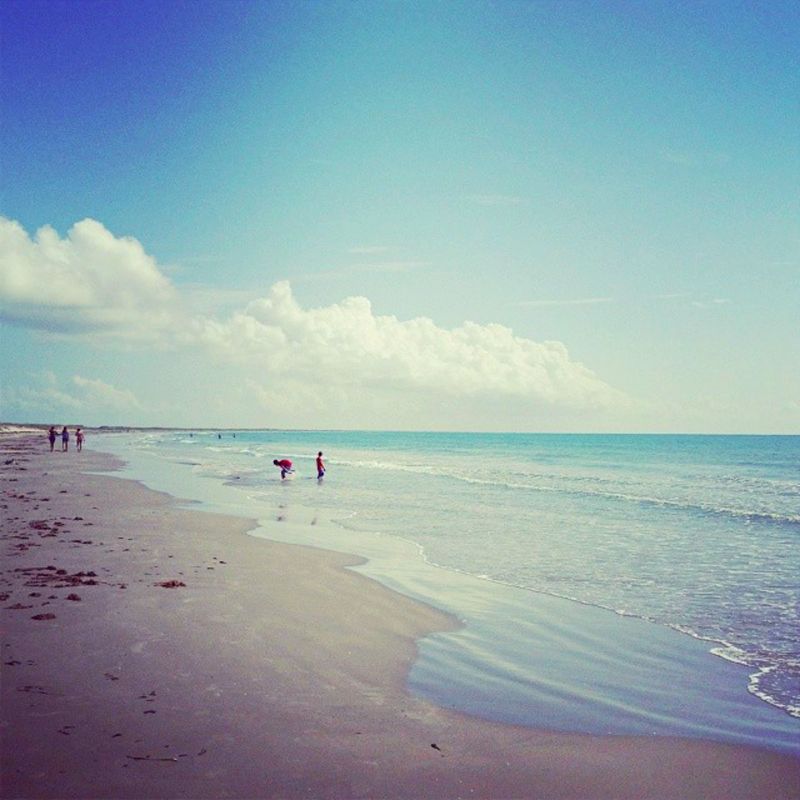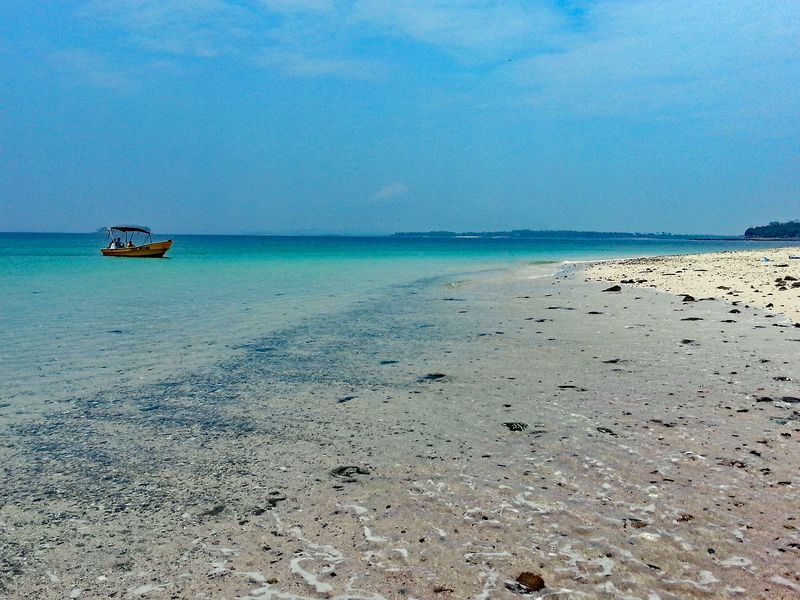Most people think Texas beaches mean crowded boardwalks and noisy beach bars. But experienced coastal explorers know about a hidden gem that feels more like a deserted island than a typical Gulf Coast destination. San José Island offers the kind of pristine, untouched beach experience that’s becoming impossible to find elsewhere along the Texas coast.
1. What (and where) is San José Island?
San José Island stretches along the Texas coast just across the Aransas Pass ship channel from Port Aransas, yet it feels worlds apart from any developed beach town.
Private ownership has kept this 21-mile stretch of coastline remarkably wild and unspoiled. Wildlife management takes priority here, which means visitors encounter the kind of raw, natural shoreline that once defined the entire Texas coast.
Solitude seekers, serious beachcombers, and birding enthusiasts make the journey for good reason. The island delivers an authentic coastal experience without the usual commercial distractions.
2. The only way in: the Jetty Boat
Forget about driving up and parking near the beach. San José Island requires a bit more commitment to reach, which helps explain why it stays so peaceful.
The Jetty Boat operates from Fisherman’s Wharf in Port Aransas, providing the only public transportation to the island’s north jetty. No bridges connect this barrier island to the mainland, making boat access your sole option for getting there.
Smart visitors pack everything they’ll need for their island adventure before boarding. The island offers zero amenities – no snack bars, restrooms, or gear rentals. Check departure schedules ahead of time, as boat operations depend on weather and seasonal demand.
3. “Footprints only”: why it stays so quiet
Vehicle-free beaches create an entirely different atmosphere than typical drive-on coastal areas. San José Island maintains this old-school beach vibe by prohibiting cars, trucks, and ATVs on its shoreline.
Without built facilities like pavilions, concession stands, or parking lots, the island attracts visitors who appreciate unspoiled natural settings. The boat-only access naturally limits crowd sizes, especially compared to easily accessible mainland beaches.
Shell collectors particularly love this setup. The lack of vehicle traffic means sand dollars, conch shells, and other treasures remain undisturbed until genuine beachcombers discover them. Walking these shores feels like exploring a private beach that happens to welcome respectful visitors.
4. Know the line: how public access works on a private island
Texas beach law creates an interesting situation on San José Island. The Open Beaches Act guarantees public access to Gulf beaches between mean low tide and the vegetation line, even on privately owned land.
Visitors can freely enjoy the “wet sand” area – basically the beach and surf zone. However, crossing into the dunes or vegetation areas means trespassing on private property, which isn’t just poor etiquette but actually illegal.
The Texas General Land Office actively enforces these boundaries, so understanding where public access ends helps everyone avoid problems. Staying below the vegetation line ensures continued public access while respecting property rights and protecting sensitive dune ecosystems.
5. When to go (and what to bring)
Timing makes all the difference for island visits. Weekday mornings offer the most solitude, while shoulder seasons provide comfortable temperatures without peak summer crowds.
Low tide reveals the best shelling opportunities and exposes more walking space along the waterline. Serious shell hunters plan their trips around tide charts for maximum treasure-hunting success.
Essential supplies include sun protection, plenty of water, food, trash bags, insect repellent, and sturdy footwear that can handle salt water. Remember – no stores, lifeguards, or emergency services operate on the island. Self-sufficiency isn’t just recommended; it’s absolutely necessary for a safe, enjoyable visit to this remote coastal paradise.
6. What you’ll actually do there
San José Island specializes in simple pleasures that many beaches can no longer offer. Miles of undisturbed shoreline provide prime beachcombing territory where shells, driftwood, and sea glass wait for discovery.
Birding enthusiasts find the island irresistible. The undeveloped habitat attracts numerous coastal species, making it a natural observatory for both casual bird watchers and serious ornithologists.
Surf fishing from the beach or near the jetty produces good results for anglers with proper Texas fishing licenses. The absence of cars, bars, and boardwalks means the main entertainment comes from nature itself – exactly what draws people to this special place.
7. Responsible visiting on St. Jo
Preserving this island paradise requires every visitor to follow some basic guidelines. Staying below the vegetation line protects both private property rights and fragile dune ecosystems that prevent erosion.
Nesting birds deserve special consideration during breeding seasons. Avoiding disturbances to wildlife helps maintain the natural balance that makes this place so special for both animals and future human visitors.
Pack-it-in, pack-it-out policies keep the beaches clean and beautiful. Checking weather and tide conditions before your boat trip ensures safety and prevents getting stranded. Following these simple rules helps guarantee that San José Island remains the pristine escape that locals have quietly enjoyed for generations.











